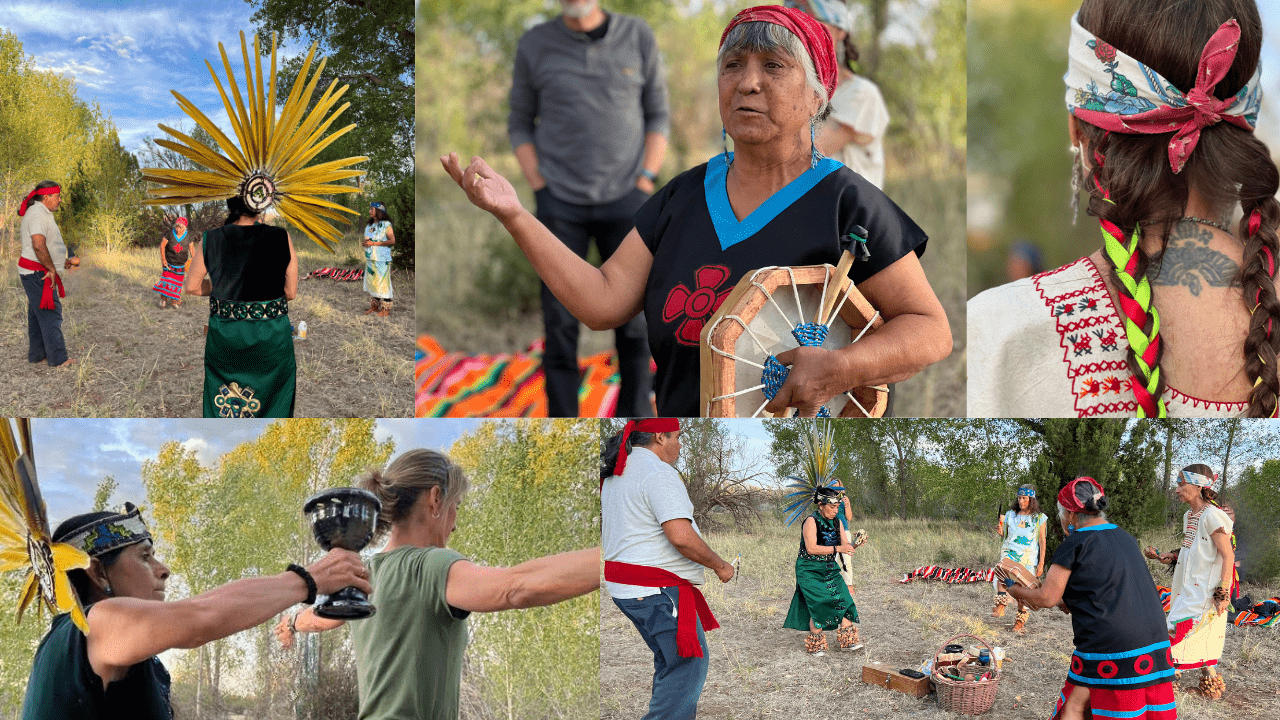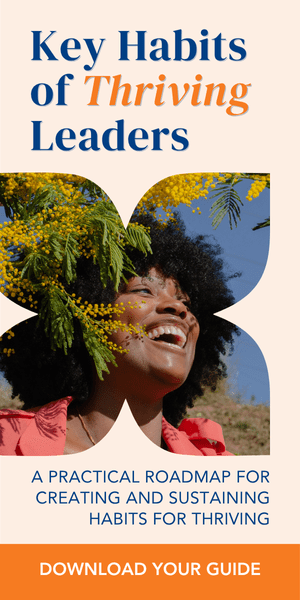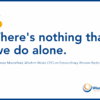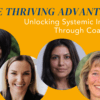I recently participated in a transformative ceremony with Native American elders in New Mexico as part of a gathering of leadership development professionals hosted by our team at Wisdom Works. At dusk one evening, we formed a circle under the canopy of a huge cottonwood tree to celebrate the mystery of life in the seven, sacred directions integral to the elders’ worldview: East, South, West, North, the Earth, the Cosmos, and Within. The experience was medicine for my soul; l left it feeling deeply connected and restored.
Why did this ceremony leave such an indelible impression within me? Because the wisdom these Elders conveyed was simple and profound:
Our interconnectedness is inextricable.

The birds and trees and rocks and rivers are our relatives, and as relatives, no being is any better than any other. Humans are not the center of life, we are part of life’s fine-tuned web.
Consider a few of the countless examples of how we interconnected: Of the 3 billion genetic building blocks that make up living things, we are 99.9% genetically similar to each other across the globe, 98.8% similar to chimps, 94% similar to dogs, and 60% similar to fruit flies and bananas! We rely on other people and animals for emotional and functional support, as they rely on us. Our bodies host millions of creatures, from viruses to fungi, in an incredible microbiome which outnumbers our cells and is necessary to our survival. We depend on oxygen in the air to breathe, water to drink, plants to heal us, bacteria to decompose waste—flora and fauna provide essential services which vitalize and sustain our lives.
Take in this interconnectedness worldview for a moment. It means, as said in a quote often attributed to Susquamish leader Chief Seattle, “Man did not weave the web of life; he is merely a strand in it. Whatever he does to the web, he does to himself.” Our actions of harm or help have consequences to the web, including to ourselves, today and long into the future. It only makes sense to honor all beings with gratitude for their existence, as we would want for our own.
Our interconnectedness also means that as much as we identify as independent agents in our lives and work, in reality, nothing that we do, do we do by ourselves.
BETTER LEADERSHIP IS ABOUT AN INTERCONNECTED WORLDVIEW
Why do I share this interconnected worldview as part of a newsletter on leadership? Because I believe that unending change and complexities across the globe are calling forward a leadership paradigm with interconnectedness at its core.
How we perceive the world shapes how we show up in it, and our perception of separation—of a deep divide within ourselves and between us and the natural world—no longer serves us well. This story has left us with growing isolation and loneliness, a dis-ease with ourselves and others, and a lack of meaning, disenchantment, and burnout in our lives and work.
If you believe what wisdom traditions have been telling us for ages, this story of separation is also an illusion. (Check out this interview with Charles Eisenstein, author of The More Beautiful World Our Hearts Know is Possible, exploring how our story of separation has guided—and misguided—us up to now.)
When we see ourselves as existing in relationship to the abundant living systems around us, our sense of separation softens. We are then more apt to seek innovations, structures, policies, and approaches that foster wellbeing, adaptability, and sustainabilty for people, communities, and the environment. Our leadership becomes inspired by that which values the regenerative potential of people and the planet to thrive.
To do otherwise no longer makes sense.
THIS WAY OF KNOWING IS ALREADY PART OF YOU
Zen master Ginny Whitelaw says an interconnected way of knowing enables us to lead in ways that treat everyone and everything as part of ourselves, trust connection and true partnership more than control, and sense and enact what’s ready to happen—all key skills for leading effectively within our complexities and experiencing deep wellbeing. On its surface, however, this way of leading can feel out of reach.
Just as you know yourself as independent and unique, you can know yourself as inherently part of an interconnected web. What’s required is an experiential shift in perception.
To experiment with this shift, try this simple mindfulness practice:
Go outside, if doing so is possible for you.
Turn your attention to your surroundings.
As you inhale, become aware that the trees clean the air that supports your breathing.
Send the trees your gratitude.
As you exhale, become aware that the songs of the birds help you relieve your mental fatigue.
Send the birds your gratitude.
As you inhale, become aware that sunlight increases the level of serotonin in your brain, elevating your mood.
Send the sun your gratitude.
As you exhale, become aware that your feet on the earth can remind you there is stable ground in the midst of constant change.
Send the earth your gratitude.
Continue highlighting the interconnections between you and your surroundings.
Notice the effects this practice has on how you experience yourself and your world.
It is of your nature to be an integral part of the web of life. When you realize this, you expand your ability to live and lead as an invitation to thriving for all, including yourself.






